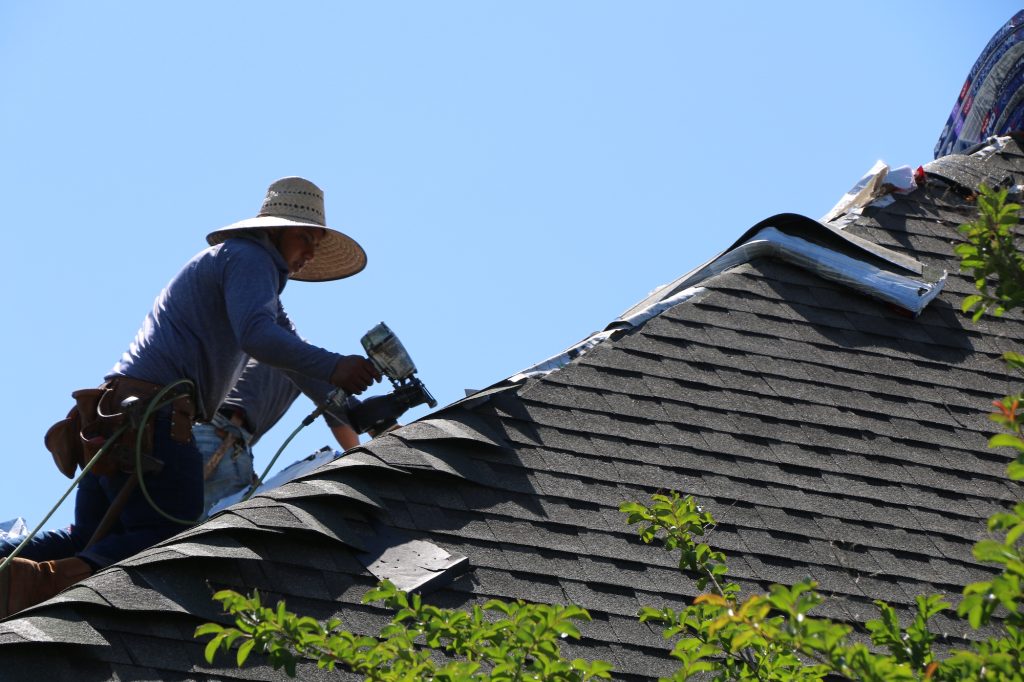As concerns about climate change and environmental sustainability continue to grow, many homeowners are seeking eco-friendly roofing solutions to reduce their carbon footprint and minimize their impact on the environment. Green roofing options offer a range of benefits, from improved energy efficiency to enhanced stormwater management and biodiversity. In this blog post, we’ll explore some of the top green roofing solutions available and how they can contribute to creating more sustainable homes.
1. Cool Roofs: Cool roofs are designed to reflect more sunlight and absorb less heat than traditional roofing materials, helping to reduce energy consumption and lower cooling costs during hot summer months. These roofs are typically made from reflective materials such as white coatings, tiles, or metal, which can significantly reduce rooftop temperatures and improve indoor comfort levels.
2. Solar Roofing: Solar roofing systems harness the power of the sun to generate clean, renewable energy for your home. These systems consist of photovoltaic (PV) panels installed directly on the roof surface, converting sunlight into electricity that can be used to power appliances, lighting, and other electrical devices. Solar roofing not only reduces your reliance on fossil fuels but also lowers your utility bills and earns you potential tax credits and incentives.
3. Green Roofs: Green roofs, also known as living roofs or vegetated roofs, are covered with a layer of vegetation, such as grasses, plants, or even small trees. These roofs provide numerous environmental benefits, including improved insulation, reduced stormwater runoff, and enhanced biodiversity. Green roofs also help mitigate the urban heat island effect by absorbing and evaporating heat, creating a cooler microclimate in urban areas.
4. Recycled Roofing Materials: Choosing roofing materials made from recycled or reclaimed materials is another eco-friendly option for homeowners. Recycled roofing materials can include reclaimed wood shakes, recycled metal roofing, or composite shingles made from recycled plastic and rubber. Using recycled materials reduces the demand for virgin resources and helps divert waste from landfills, making it a more sustainable choice for your home.
5. Cool Roof Coatings: Cool roof coatings are applied directly to existing roof surfaces to enhance their reflective properties and improve energy efficiency. These coatings can be applied to a variety of roofing materials, including asphalt shingles, metal, and single-ply membranes, transforming them into cool roofs that reflect sunlight and heat away from the building. Cool roof coatings can significantly reduce rooftop temperatures, lower energy costs, and extend the lifespan of the roof.
6. Rainwater Harvesting Systems: Rainwater harvesting systems collect and store rainwater runoff from your roof for later use in landscaping, irrigation, or non-potable water applications. These systems typically consist of gutters, downspouts, and storage tanks or cisterns installed on your property. By capturing rainwater and using it onsite, you can reduce your reliance on municipal water sources and conserve water resources while also reducing stormwater runoff and erosion.
Conclusion: Green roofing solutions offer a range of environmental benefits and can help homeowners create more sustainable homes that are energy-efficient, environmentally friendly, and resilient to climate change. Whether you’re interested in reducing energy consumption, lowering utility bills, or minimizing your environmental impact, there are green roofing options available to suit your needs and preferences. If you’re considering green roofing for your home, contact the experts at Jessica Cecilia Home Improvement for guidance and support in choosing the right eco-friendly solution for your roofing project.

